Pain
China Tung Hsueh Wan & Blood Stagnation
Skye Sturgeon, DAOM, Quality Assurance Manager, Mayway

China Tung Hsueh Wan, also known as ‘China Unblock Blood Pills’ / Zhōngguó Tōng Xuè Wán (中國通血丸) is a modern formula particularly designed for the treatment of occasional moderate pain or chronic pain due to Blood Stagnation (or ‘stasis’) (Xuè yū/血瘀) and/or obstructed channels (Bi Syndrome 痺症) due to Blood Stagnation, perhaps combined with Cold, Wind, Damp, or Phlegm. This formula is designed to invigorate and move Blood (Xuè 血) and Qi 氣 stagnation to relieve pain, nourish Blood, and to benefit the Liver and Kidney to strengthen tendons and bones. The formula is especially appropriate following traumatic injury (Diē dǎ 跌打), post-surgery, or for old injuries and/or tissue damage often accompanied by swelling, bruising, and pain. Over time, and if left inadequately treated, the pain may become severe and debilitating.
Read MoreTCM Heat and Inflammation
Skye Sturgeon, DAOM, Quality Assurance Manager, Mayway
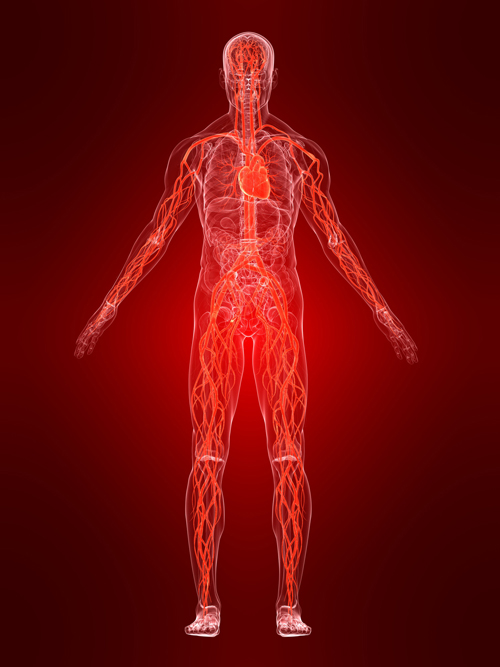 Latent heat (潜热 qiánrè) as a Chinese medicine concept has ancient origins dating to the Huangdi Nei Jing and the Shang Han Lun, first appearing in Chapters 3 and 5 of the Su Wen. It was used to explain how the exposure of a Cold pathogen, believed to occur in winter, changed to Heat in the spring. Latent Heat has developed into a useful concept to explain how Internal, Organ, or Blood Heat can arise without obvious disease proceeding through the Four Levels or Six Stages.
Latent heat (潜热 qiánrè) as a Chinese medicine concept has ancient origins dating to the Huangdi Nei Jing and the Shang Han Lun, first appearing in Chapters 3 and 5 of the Su Wen. It was used to explain how the exposure of a Cold pathogen, believed to occur in winter, changed to Heat in the spring. Latent Heat has developed into a useful concept to explain how Internal, Organ, or Blood Heat can arise without obvious disease proceeding through the Four Levels or Six Stages.
Ear Discomfort in Children
Mark Frost, MSTCM, L.Ac.
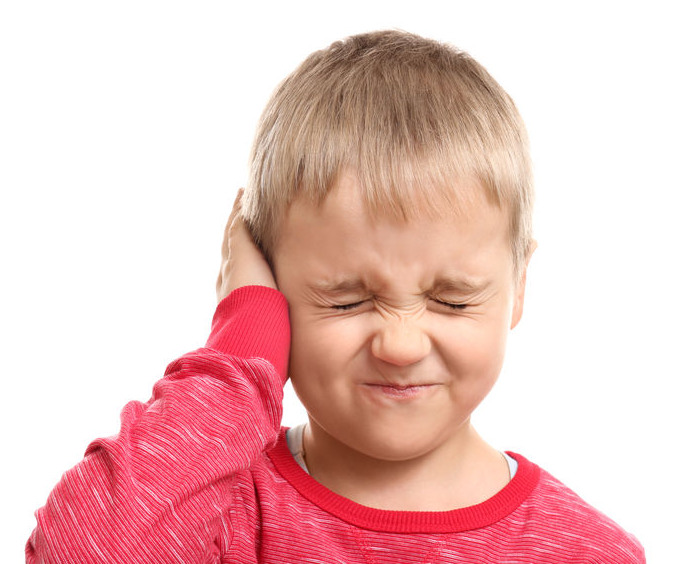
An understanding of the unique nature of children's physiologies from the TCM perspective is essential in both diagnosing the specific nature of these clinical pictures, and in putting together an effective treatment strategy. It is also important to distinguish between acute and chronic ear conditions, as these are treated differently.
Read MoreUnderstanding How Qi Gong Promotes Health
Skye Sturgeon, DAOM, Quality Assurance Manager, Mayway
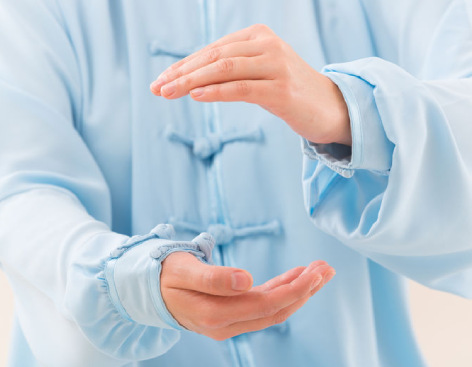 Breathe your way to harmony, balance, health, and well-being. Practicing Qi Gong yourself and teaching it to your patients is one of the most beneficial aspects of Chinese medicine. It can be engaged anywhere and by anyone, including those who are bed-ridden or in a wheelchair. In Qi Gong breathing, the action is focused on the exhale by intentionally contracting the diaphragm and abdominal wall muscles, squeezing out the carbon dioxide until the lungs are empty.
Breathe your way to harmony, balance, health, and well-being. Practicing Qi Gong yourself and teaching it to your patients is one of the most beneficial aspects of Chinese medicine. It can be engaged anywhere and by anyone, including those who are bed-ridden or in a wheelchair. In Qi Gong breathing, the action is focused on the exhale by intentionally contracting the diaphragm and abdominal wall muscles, squeezing out the carbon dioxide until the lungs are empty.
Three Herb Formulas for Food Stagnation
Skye Sturgeon, DAOM, Quality Assurance Manager, Mayway
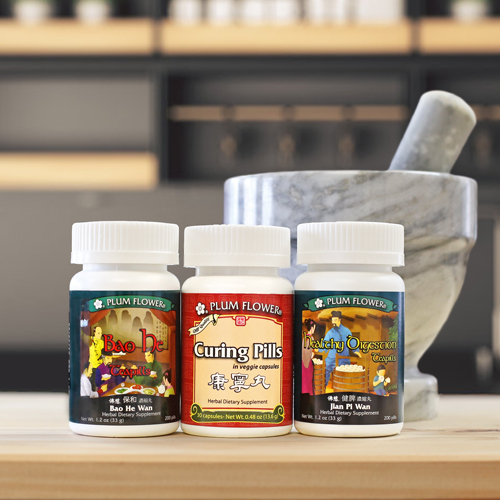
Food stagnation corresponds to indigestion or an upset stomach. Food stagnation is not a disease but rather a variety of symptoms that are experienced; including mild abdominal pain or cramping and a feeling of fullness soon after eating. This article covers three popular formulas for Food Stagnation; find out which formula is best for you and your patients.
Read MoreTCM in Palliative and End of Life Care
Dr. Kim Peirano, DACM, L.Ac.

Dr. Kim Peirano discusses the use of East Asian medicine for improving quality of life of terminal patients. The role of Chinese medicine and acupuncture in palliative and end of life care is by no means as researched or studied as the care and treatment of disease and illnesses like cancer, but its role is powerful, impactful and has the ability to significantly improve the quality of life of terminal patients up until their transition.
Read MoreInvigorate Blood Formulas Comparison
Yvonne Lau, Mayway President
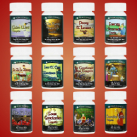
Explore 8 popular formulas that invigorate the blood, commonly prescribed for women's health support. Discover how to use each formula sorted with pin yin name, alternate name, functions, indications, typical tongue and pulse, and the ingredients so you can easily select the best formulas for your patients!
Read MoreAbdominal Distension: (fu zhang 腹脹, pi man 痞滿)
William Maclean, M.Sc. Chin. Med.
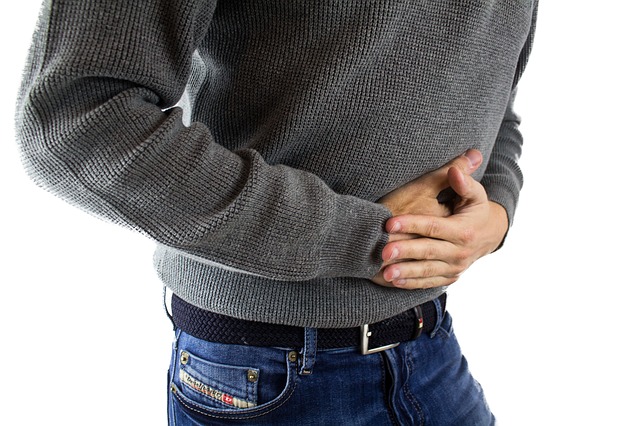 Fu zhang refers to a sense of fullness, discomfort, blockage or obstruction across the either the upper or lower abdomen, or across the abdomen as a whole. Pi man is distension specifically in the epigastric area. As a general rule, abdominal distension is due to an obstruction to the correct movement of Spleen and Stomach qi. The obstruction itself may be due to the presence of some pathogen, internal or external or due to weakness or stagnation of qi.
Fu zhang refers to a sense of fullness, discomfort, blockage or obstruction across the either the upper or lower abdomen, or across the abdomen as a whole. Pi man is distension specifically in the epigastric area. As a general rule, abdominal distension is due to an obstruction to the correct movement of Spleen and Stomach qi. The obstruction itself may be due to the presence of some pathogen, internal or external or due to weakness or stagnation of qi.
Digestive Support Formulas Comparison
Yvonne Lau, Mayway President

This easy chart shows 13 popular digestive formulas and how to use them including pin yin name, alternate name, functions, indications, typical tongue and pulse, and the ingredients so you can select the best formulas for your patients with ease!
Read MoreQing Wei Wan for Stomach Heat and Fire Uprising
Laura Stropes, L.Ac.
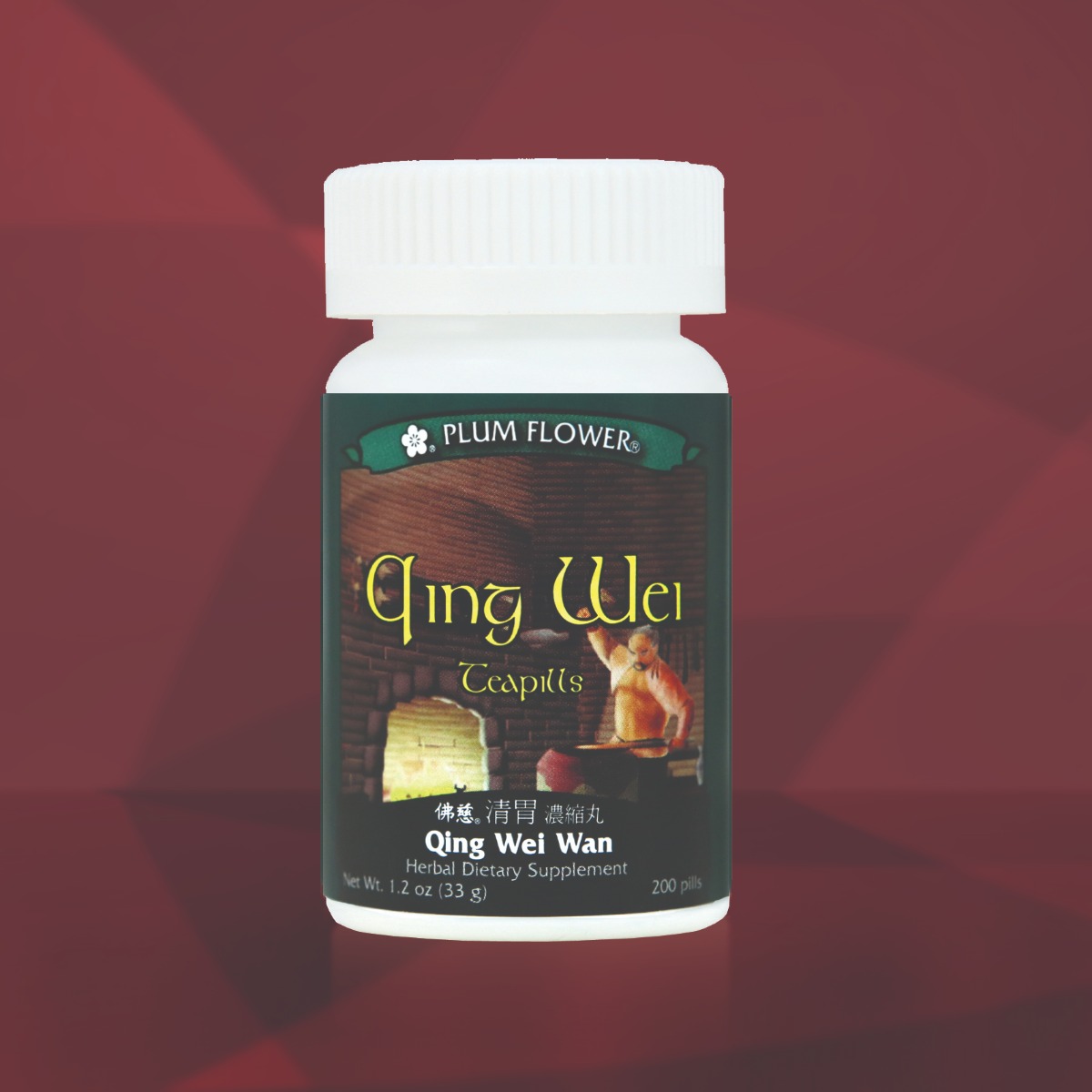
Qing Wei San was written by Li Dongyuan and published in his classic formula book, Lan Shi Mi Cang/Secrets from the Orchid Chamber, in 1336 A.D. Qing Wei San is indicated for Stomach heat and fire causing occasional toothache, and occasional mouth sores on the tongue and lips.
Read MoreHeadache Formulas Comparison
Yvonne Lau, Mayway President

Explore 23 headache formulas and learn the pin yin name, alternate name, functions, indications, typical tongue and pulse, and the ingredients in an easy to follow comparison chart.
Read MoreTreatment of Headache with Chinese Medicine
William Maclean, M.Sc. Chin. Med.
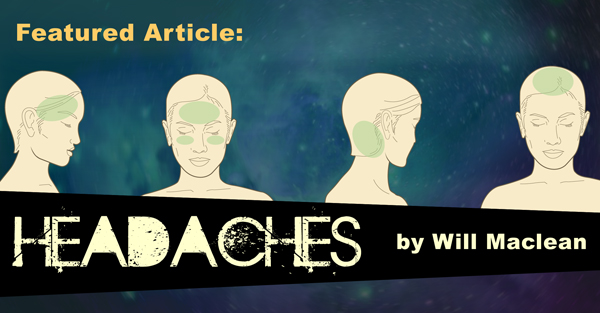 Headache (tou tong 头痛)is pain in the head. Almost everyone will experience a headache at one time or another. As an isolated event in response to some postural, physical or emotional state, a headache is part and parcel of life. When persistent or recurrent, or when they interfere with normal functioning, headaches suggests chronic imbalance that requires intervention.
Headache (tou tong 头痛)is pain in the head. Almost everyone will experience a headache at one time or another. As an isolated event in response to some postural, physical or emotional state, a headache is part and parcel of life. When persistent or recurrent, or when they interfere with normal functioning, headaches suggests chronic imbalance that requires intervention.
Master Tung's Beside Three Miles for Shao Yang type migraine, and other issues of the head & face
Susan Johnson, L.Ac.
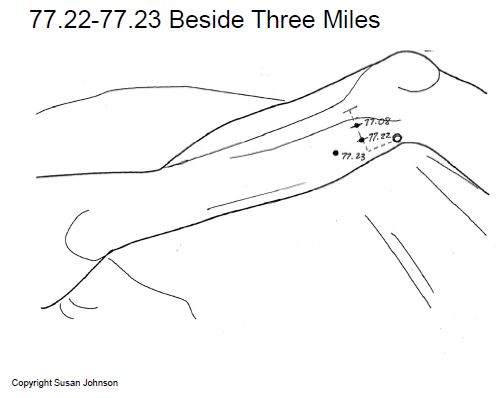
Master Tung's Beside Three Miles & Lower Beside Three Miles are primary points for treating one-sided (Shao Yang) migraine headaches, spasm or pain, which often includes TMJ, the sternocleidomastoid muscle, GB20 Feng Chi and GB21 Jian Jing. Because the Gallbladder channel wraps around the ear, Beside Three Miles points are also excellent for otitis media and ear pain...
Read MoreWind and Cold Damp Bi
Skye Sturgeon, DAOM, Quality Assurance Manager, Mayway
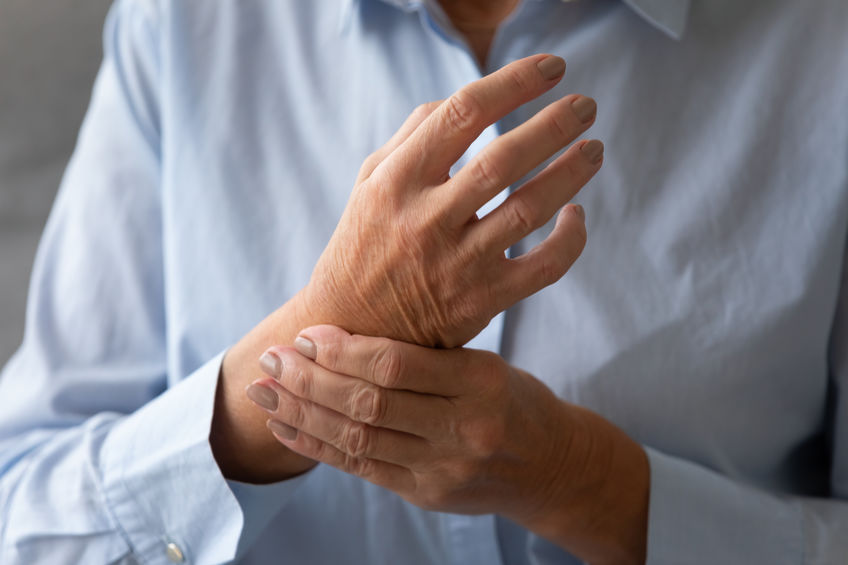
One of the most common reasons that patients seek treatment from licensed acupuncturists is for musculoskeletal aches and mild pain (Tòng 痛), both acute and chronic. There may also be decreased range of motion, inflammation, swelling, and numbness. Primarily, these issues are due to minor injury or dysfunction of joints and related soft tissues, including tendons and ligaments. In traditional Chinese medicine, this often is interpreted as Obstruction Syndrome (Bì zhèng 痺症).
Read MoreMusculoskeletal Discomfort Formulas
Mark Frost, MSTCM, L.Ac.
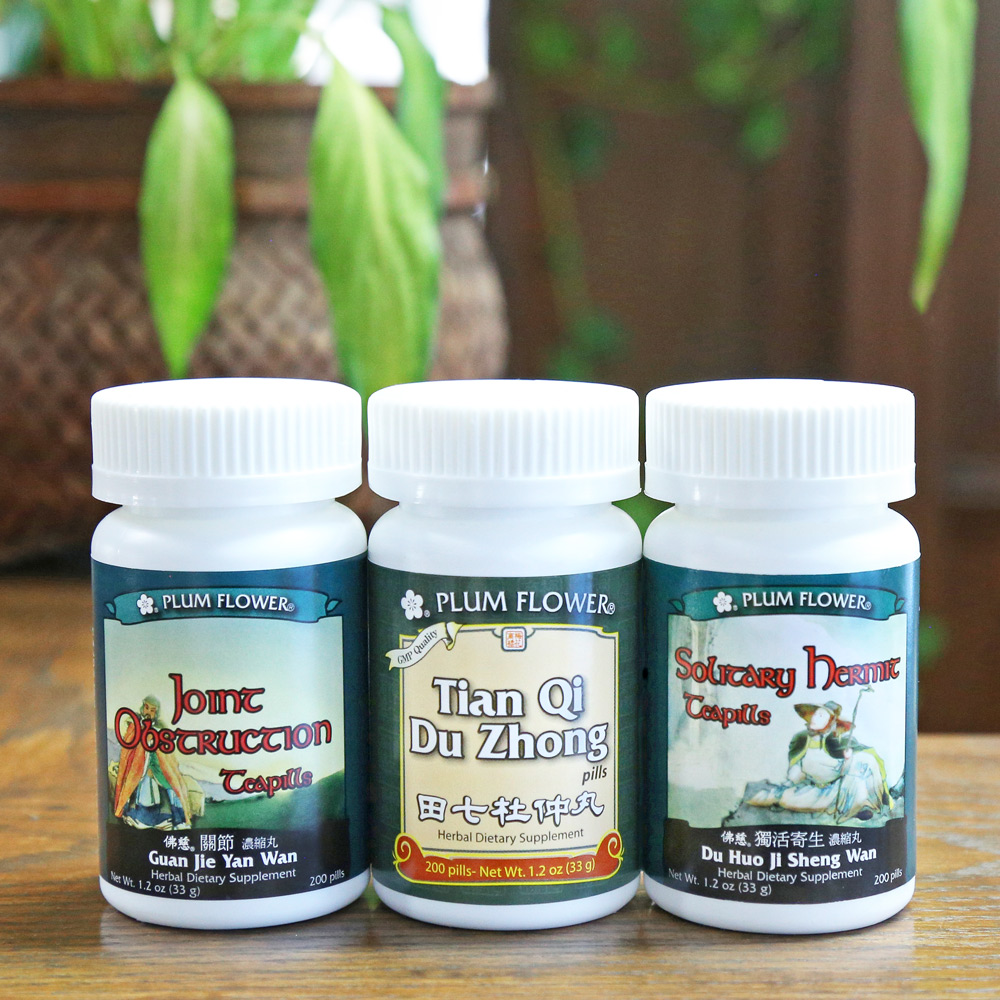
As with all clinical treatment, syndrome pattern differentiation is essential. With musculoskeletal complaints, we need to discern whether muscle or connective tissues, including tendons and ligaments, are the primary cause since they are treated differently. From the perspective of Traditional Chinese herbal medicine, treating connective tissue involves opening and circulating of the channels and collaterals to eliminate Wind, Cold, Heat, Dryness or Dampness, while muscle tissue generally requires the additional treatment principle of moving Blood. What follows is a quick practitioner's guide to three of Mayway's most popular herbal prescriptions for musculoskeletal discomfort.
Read More